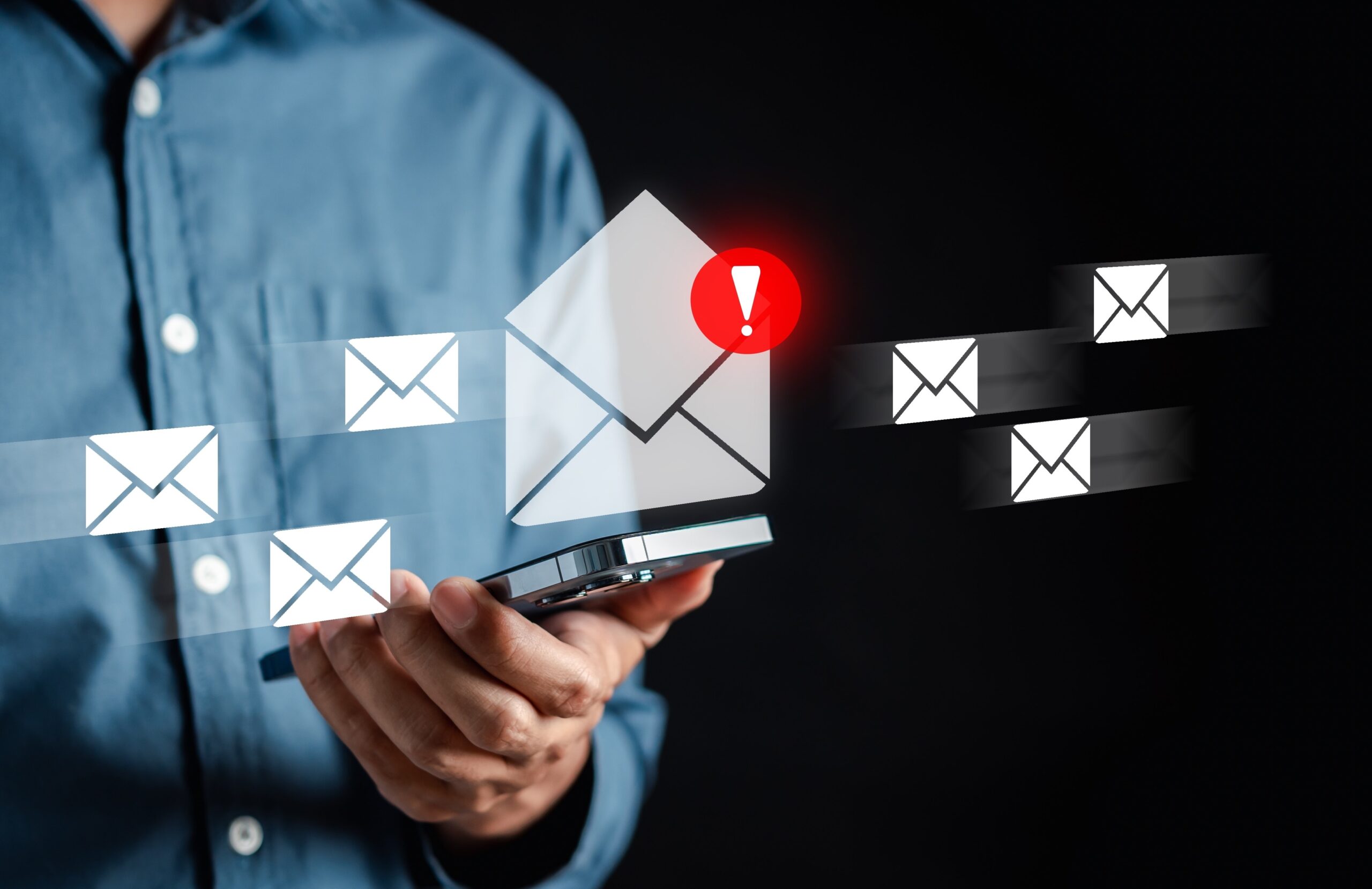

Free Previews Coming Your Way!
BBC Earth #378, Feb 26 to April 28
Documentary Channel #288, March 1 to 31
Makeful #379, Jan 29 to March 31
National Geographic #380, March 1 to 31
Slice #329, March 1 to 31
Smithsonian #376, Jan 29 to March 31
Sportsman #411, March 1 to 31
Treehouse #301, March 1 to 31
Free Previews are listed on our website.
Check them out!
Email Account Safety – a Series
The SECOND in our series on what to watch for and how to protect yourself from online scams.

The Difference Between Phishing and Spam Email
The biggest difference between spam and phishing is the intent of the sender.
Spam is a popular method of making products visible to a large audience using bulk email lists and very often it targets people that have not expressed any interest in the product or company in the past.
Phishing, however, has a criminal intent to get access to sensitive information or inflict some sort of damage on a person or organization.
Junkmail & Spam
Spam and “junk email” are unsolicited and unwanted emails for services and products. It is usually sent out to bulk email lists. These sales pitches may be related to anything, including health products, adult websites, software, clothing, financial services and many other things. The products and services may be legitimate, or may be fraudulent. However, some spam emails could also be trying to get personal information from you in a specific type of fraud called “phishing.”
Junk email is different from spam.
Junk emails are from legitimate organizations but its topic may not be of interest to you. If you don’t want to hear about every sale, every single day, from that store you shopped at one time, use the unsubscribe link in the email. By law in Canada, all companies sending commercial electronic messages must set-up an unsubscribe mechanism, which is usually a link found at the bottom of the message.
Marking a junk email as spam within your email account will usually not work as spam filters can’t distinguish emails from legitimate companies and will not permanently block them.
You are better not to respond to emails that don’t originate in Canada, just delete and “mark” as junkmail.
How to Protect Yourself
- Do not feel obligated to give out your email address.
- Share your email address only with companies and organizations you trust to keep it private, and avoid posting your email address on personal websites, website forums or newsgroups.
- Avoid posting your email address online. If you need to do so, distort your email address so spam engines cannot pick it up. For example, type “john dot doe at hay dot net” instead of “john.doe@hay.net”.
- Ensure you have a spam filter for your email and that it is activated and updated.
- For any email you receive that you feel is spam, either mark it as spam or move it to the spam folder.
- Do not respond to SPAM and do not use the unsubscribe button as it can validate the email address for spammers.
- Do not use your work email for any non-work related matters.
- If signing up to forums, offers or less important services, use an alternative (temporary) email address from a free service such as Hotmail or Gmail.
Next in the series: The most dangerous online attack is PHISHING, recognize it!
Hay employs rigorous spam filters for its email servers, however you must protect yourself by recognizing spam, junkmail and phishing emails.



